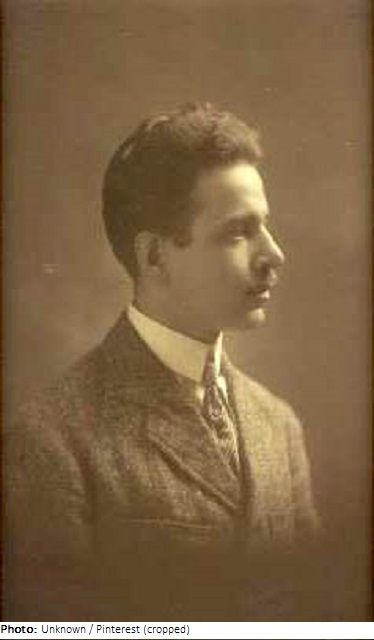Eugene Savage

Biographical information
| Roles | Referee |
|---|---|
| Sex | Male |
| Full name | Eugene Francis•Savage |
| Used name | Eugene•Savage |
| Born | 29 March 1883 in Covington, Indiana (USA) |
| Died | 19 October 1978 in Woodbury, Connecticut (USA) |
| NOC |  United States United States |
Biography
The painter and sculptor Eugene Savage began his studies in 1899 attending evening classes at the Corcoran Gallery in Washington, D.C. He later transferred to the Art Institute in Chicago. In 1912, he won the Prix de Rome and thus a scholarship to the American Academy in the Italian capital. He also spent several months in München, where he took lessons from freelance painters. It was probably there, that he became acquainted with works of Art Nouveau and Expressionism.
After returning to the United States, Savage went to New York, where he became one of the leading painters of his time in the 1920s. He often worked in the fresco style of the early Renaissance, which influenced his painting as well as the contemporary work of American and Mexican muralists such as José Orozco. In 1923, he was called to Yale University, where he first earned his Master of Arts degree and then taught as a professor of painting and design for 28 years. During this time, he also became a member of the National Academy of Design.
Savage’s first commission for a mural was for the rotunda of the Elks National Memorial in Chicago. Other commissions followed, making him known nationwide as a muralist. In 1935, he took a trip to Florida, where he joined the Seminole Indian tribe in the Everglades for several weeks. His respective paintings showed a Garden of Eden, a peaceful, rural existence, and contributed to the establishment of Everglades National Park. In 1938, he accepted a commission from the shipping company Matson Navigation. For the walls of some passenger ships, he decided to depict the native people of Honolulu in colorful scenes in the style of Art Deco. The series, completed in 1940, remained in the studio as the ships were confiscated by the military with the US entry into World War II. After the war, he created the colored glass mosaic map at the American Cemetery in Épinal, France. His most famous sculpture adorns the Bailey Fountain in Brooklyn.
Savage had a substantial influence on contemporary artists not so much through his paintings but through his membership on various national juries, including the State Fine Arts Acquisitions Commission (1933-41), and the American Academy of Arts and Letters, to which he was appointed in 1936.
Referee
| Games | Sport (Discipline) / Event | NOC / Team | Phase | Unit | Role | As | |
|---|---|---|---|---|---|---|---|
| 1932 Summer Olympics | Art Competitions |  USA USA |
Eugene Savage | ||||
| Painting, Paintings, Open (Olympic) | Final Standings | Judge | |||||
| Painting, Graphic Arts, Open (Olympic) | Final Standings | Judge | |||||
| Painting, Drawings And Water Colors, Open (Olympic) | Final Standings | Judge |